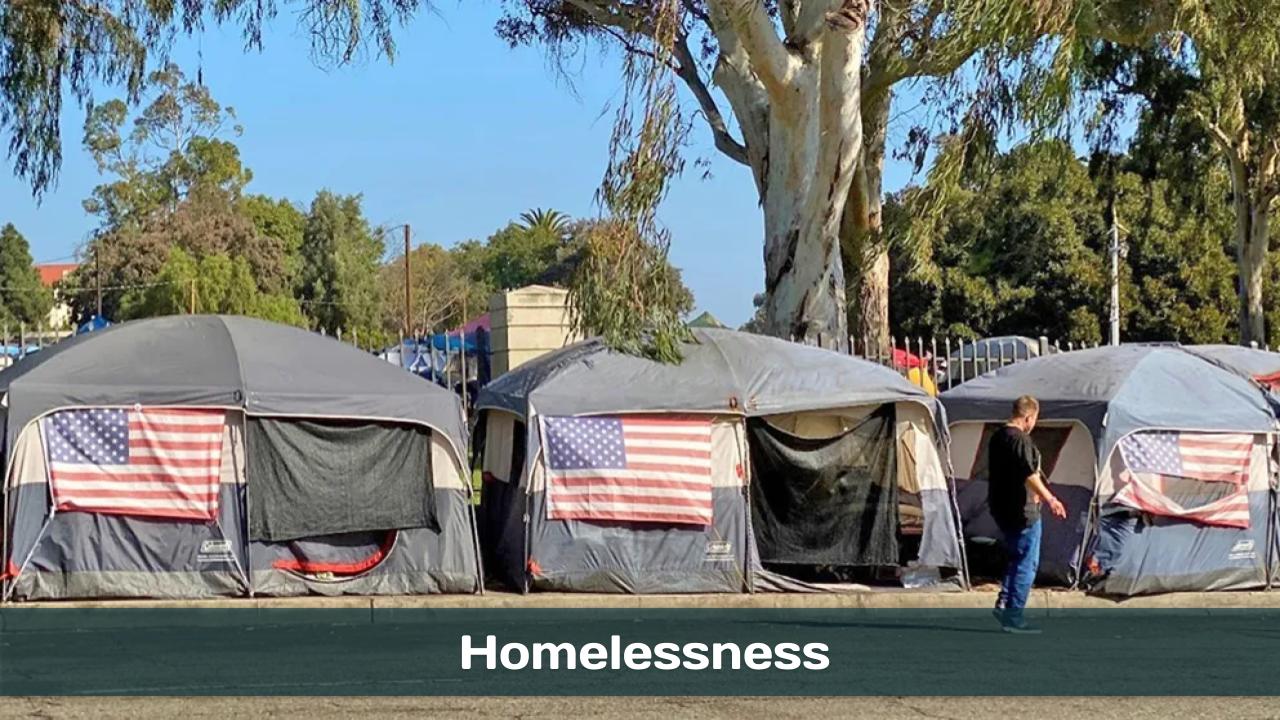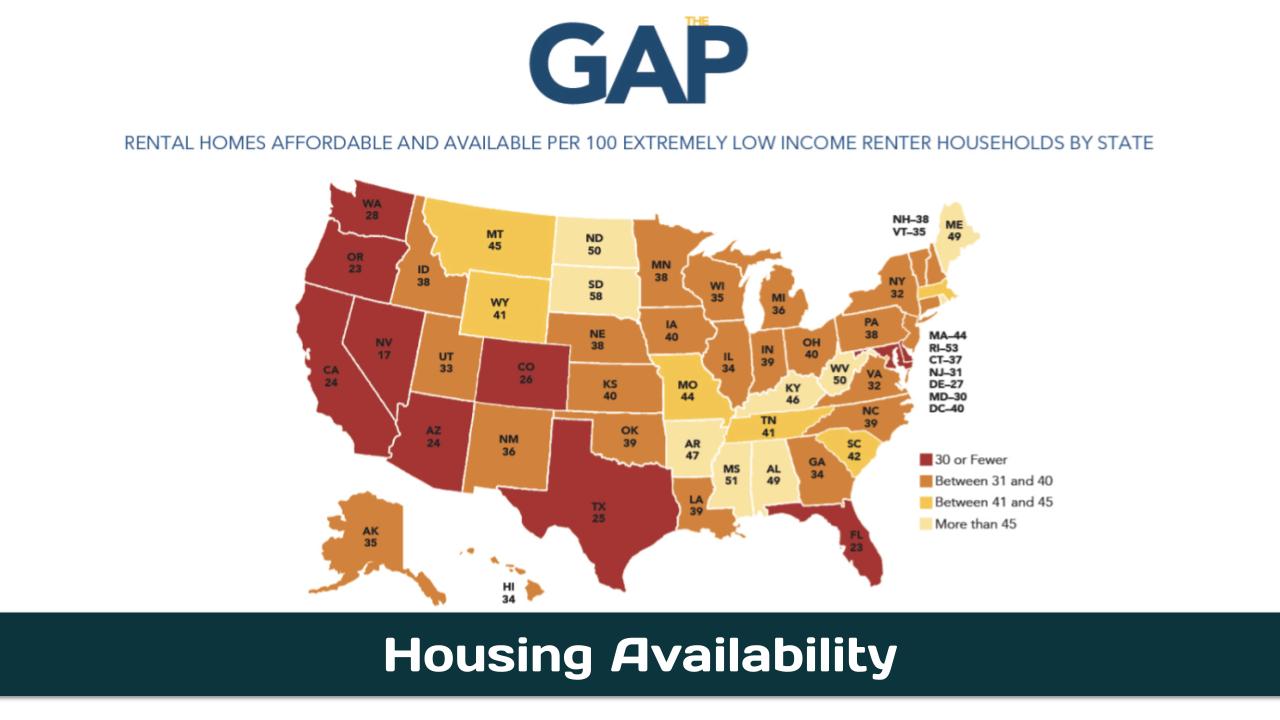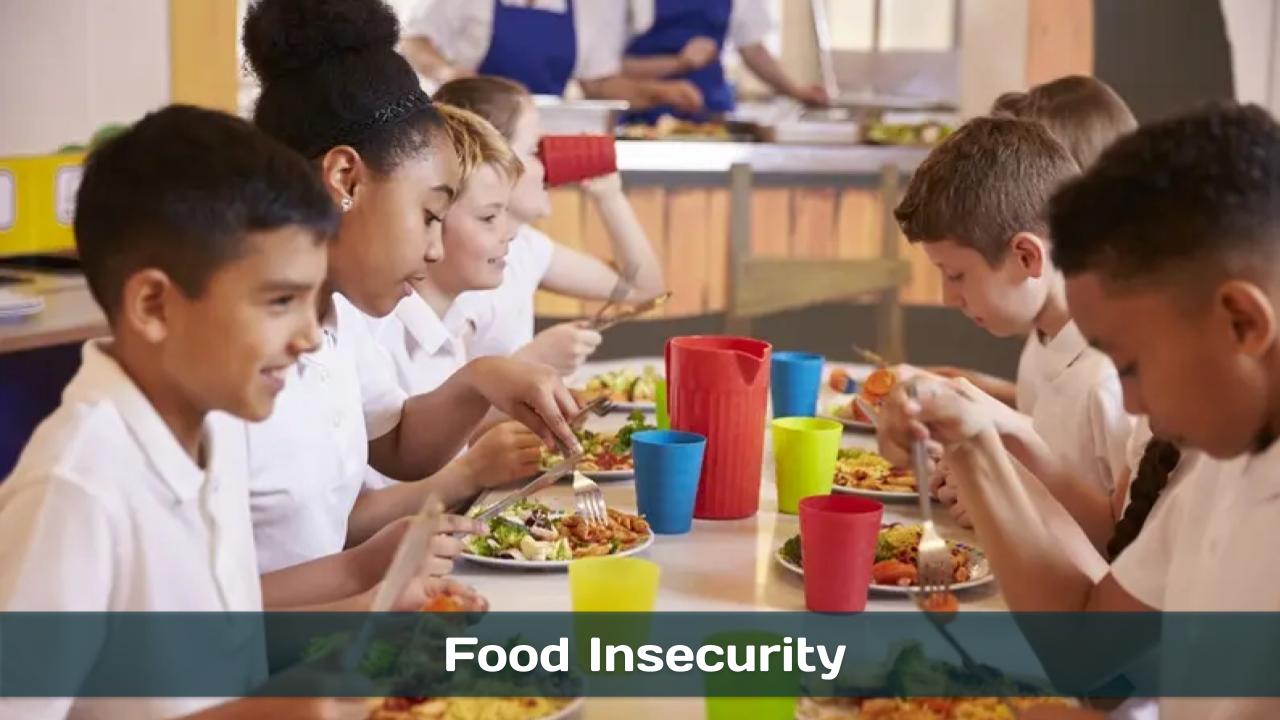Future technology encompasses a wide range of advancements, with several key areas expected to see significant development and impact. These include artificial intelligence (AI), quantum computing, extended reality (XR), biotechnology, and sustainable technologies.
AI, particularly generative AI, is poised to revolutionize various industries by automating tasks, enhancing decision-making, and creating new possibilities. Quantum computing promises to solve complex problems currently intractable, while XR technologies are set to transform how we interact with digital information and the physical world. Biotechnology is also advancing rapidly, with applications in medicine, agriculture, and materials science. Finally, sustainable technologies, including green energy and climate tech, are crucial for addressing environmental challenges and ensuring a sustainable future.
OnAir Post: Future Technology





